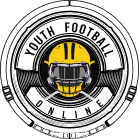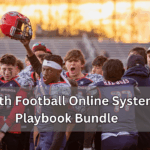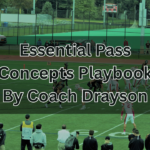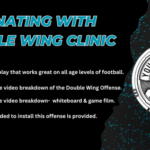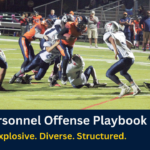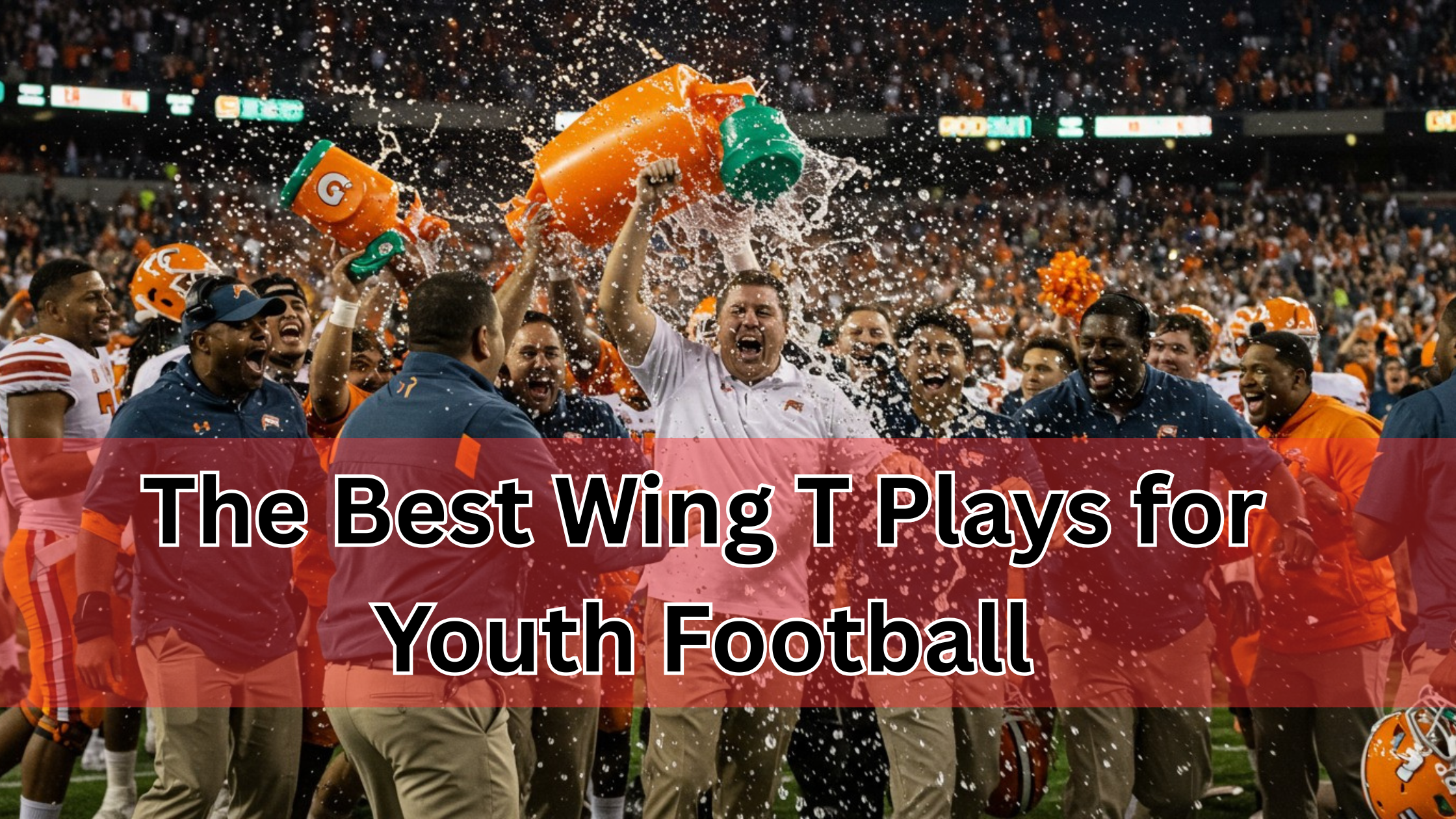Flood Passing Concepts
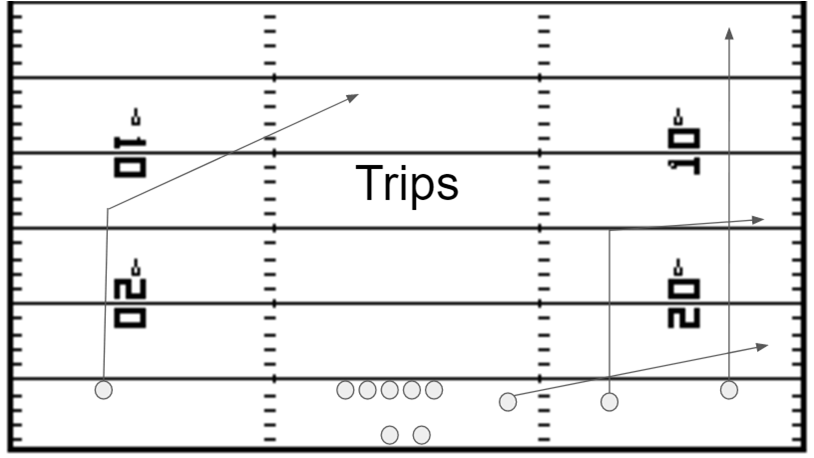
Flood concepts work very well against zone coverage and man to man coverage defenses. They can be ran from a variety of different backfield actions including drop back, play action or roll out. By adding three receivers at different levels all on one side the defense is stressed and a route will come open.
Flood Passing Concepts
Running the flood off of play-action will put even more pressure on the defense. It will put the defenders in conflict and really mess with their eye discipline.
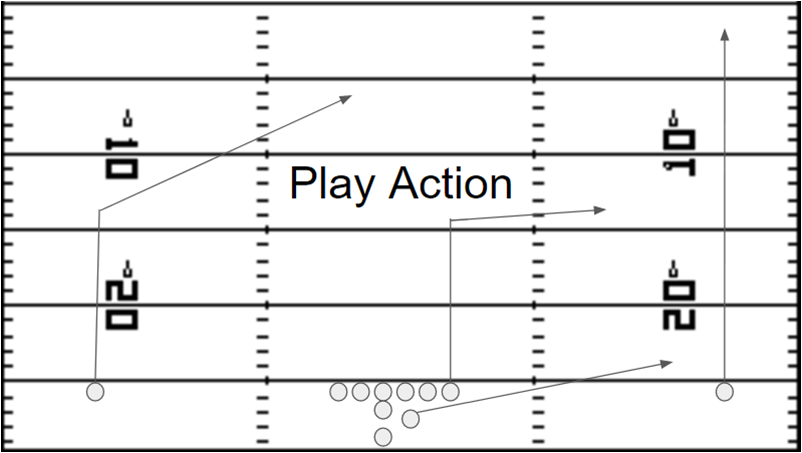
There are a variety of different ways to distribute routes but the Flood Concept has three different locations where a receiver will end up. The first portion of the route is that there must be a receiver running deep to stretch the coverage. This receiver must force the defense to use a man to cover him deep. While this route is rarely open, by gaining depth and taking a defender out of the coverage he opens the routes up for the other receivers.
The second route is a receiver needs to be 10-12 yards deep along the sideline. This receiver can come from a variety of different positions. This is the route many quarterbacks are taught to look for first. The purpose of the route is that he gets behind the flat defender. In a simple high low concept the deep defender could take him but because of the deep route he now has space to work in behind the flat defender.
The third route is what puts the flat defender in a bind. This is the arrow or flat route that is aiming to get the ball at around 3-5 yards deep. This is route is best when it is run by a player who is dangerous with the ball in open field. The major yards from this play do not come from the catch but from him making a run once he does get the ball.
The majority of times the Flood route is going to be a read on the flat defender. The defender is in a difficult position because he has a route running behind him but he also has a dangerous ball carrier running a flat route directly in front of him. This leaves him with a difficult decision. By rule he should drop to the receiver who is behind him and then come up to make the tackle on the flat route. This is much easier in theory than practice because the flat route is directly in his face. When he jumps the flat route the QB can throw the ball to the uncovered receiver behind him.
If the flat defender does play the route by rule the Quarterback can give the ball to the flat route who is normally a Tight End or Running Back who is now running with a full head of steam which makes for a difficult tackle.
In the event that all of the routes are blocked the Quarterback also has the option, especially on a roll-out, to run the ball. Many defensive coaches are more worried about the Quarterback running it so most of the time there will be someone open.
(See Also) Flood Passing Play
